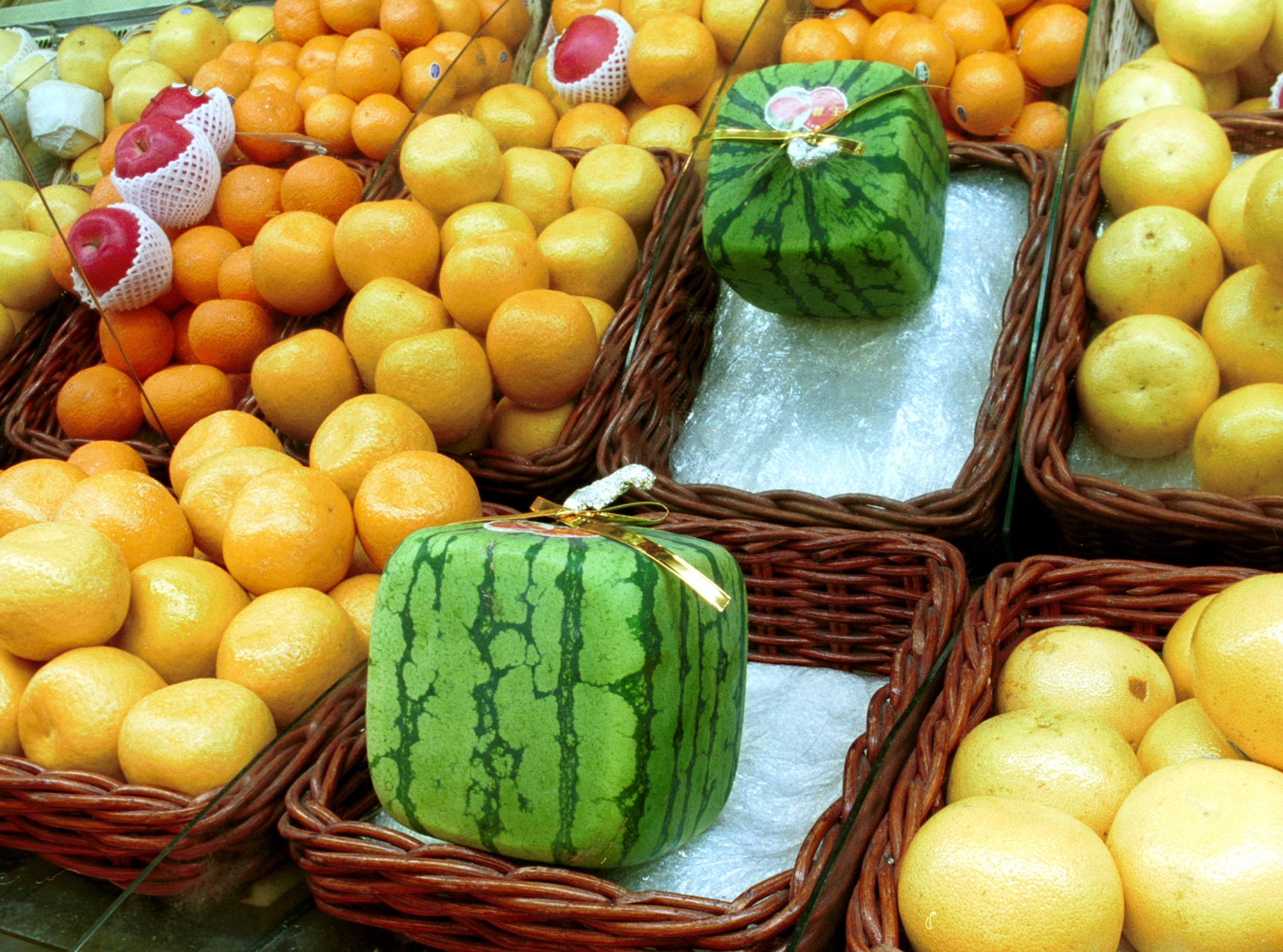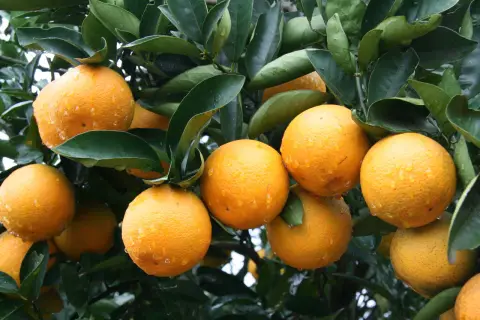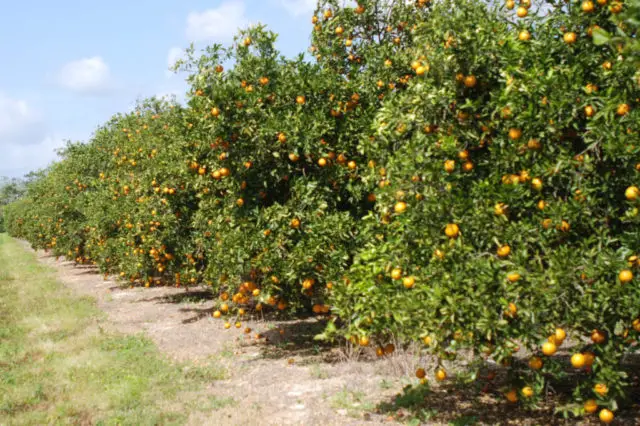Through the orange wastes that were dumped in the Guanacaste conservation area in northern Costa Rica, 3 hectares that were once deserted were reforested. To get an idea of the proportion of the size of land recovered, it resembles almost 3 football fields that are now a beautiful rainforest.

This green miracle was carried out with more than one thousand (1,000) trucks that threw 12,000 tons of peel and orange pulp in the arid pastures. It is worth mentioning that this reforestation project began in the mid-1990s.
Beginnings of the “Green Miracle“
It was in 1996 when the American conservationists Daniel Janzen and Winnie Hallwachs, both environmentalists at the University of Pennsylvania, in the USA. And consultants to the environmental authorities of Costa Rica approached the “Jugos Del Oro” company, whose processing plant was located near the Guanacaste reserve.
These North American environmentalists offered a deal to the owners of the Del Oro Company, which consisted that in exchange for donating a large area of land, the company would be allowed to dump its orange peels and pulp debris into degraded grazing lands, in the vicinity of the reserve. The benefit for this company was great, since getting rid of that amount of waste was a big logistical expense, and with this option, that expense was greatly reduced.
The vision of the American conservationists was that through the biodegradation of the waste of this fruit, the recovery of the rainforest of this area could be promoted and time proved them right. They returned to the Guanacaste area in 2013 and discovered that the biomass of the territory where the waste was dumped had increased 176%.
The “miraculous” orange fruit

When the study was conducted and the lands were compared, those that had been covered with the citrus peels showed that these residues function as fertilizer, the lands had a richer soil producing greater species of trees; In a few words, the soils with the orange peels were much greener than those that were not treated.
This orange waste project has demonstrated a more economical and effective way to help endangered forests. In addition, from the second year of starting, it could already be seen that the remains of oranges had significantly enriched the soil. In the words of conservationist Daniel Janzen, “We wanted to create a young forest belt of tens of hectares as fire protection.” Because for him, “When talking about humid tropical areas, the term forest fire is incorrect. The areas that burn have actually foraged pastures”.
In the same way, Janzen commented, “The intact rainforest does not burn, it cannot burn. It is too wet. When it is reforested and becomes a real live forest, it does not burn again.” “Today, the site is occupied by a very healthy young forest, while the control plots that were not treated are the same pastures depleted a century or more ago,” said Janzen.
Economic and sustainable project

In the visit that took place in 2013, led by Princeton scientist Timothy Treuer, who commented, “Organic waste can solve many problems simultaneously by suffocating pastures and weeds, enriching and loosening the soil, as they are decomposed by Native fruit flies and microorganisms that leave the local forests to enjoy this feast”.
He also said, “Native trees that once had problems to survive suddenly have the opportunity to start again in a much more favorable environment”. For Dr.Treuer, “The restoration of tropical forests is often expensive. Agriculture and other sectors in the tropics produce large amounts of nutrient-rich by-products, or in some cases require a high net cost of disposal and processing”.
Project challenges
For the conservationist Janzen, “The technical challenges in nature are often very feasible if the application of solutions is allowed. The great challenge in reforestation is to have a society that wants to reforest”. This comment comes as a result of the legal dispute imposed by “TicoFruit”, the main competitor of the “Jugos Del Oro” company, who accuse the company of contaminating the Guanacaste soils. “As a scientist, it is frustrating when possible solutions to the main challenges are obstructed, hindered or avoided by unfounded concerns, particularly when those concerns arise from corporate interests”. Janzen points out.
On this controversy, scientist Treuer commented: “Regardless of what happened, there are compelling reasons to expect that minimally processed (and therefore low-cost) agricultural wastes can be used to accelerate the restoration of tropical forests.”

